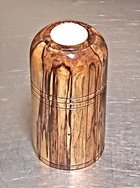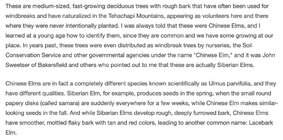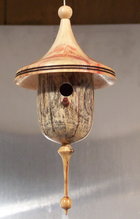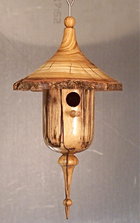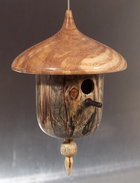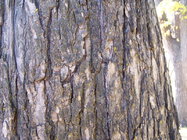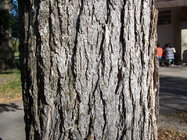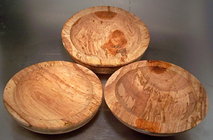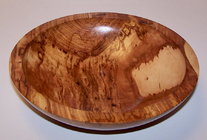I had a batch of wet maple I’ve been working with. As a new turner, I thought my skills has slipped. Last week I couldn’t get a smooth cut at all. I kept sharpening the gouge, made sure bevel support and it would be okay for a spell then create bounce on the wood and it took long to get rid of it. So once I turned the wood around to work on the inside, I found that it was punky on the inside, some rotted areas. This may also explain while the piece was round, it shook the lathe when trying to speed up, I couldn’t up the speed much at all.
Today I decided to try turning some Chinese Elm I have and what a difference. My cuts were like butter.
Is there a skill to learn earlier on that wood is crap on the inside . Should I have assumed the troubles I had on the outside of the maple were a sign of poor insides? Note: newer turner here so was thinking it was me at first.
. Should I have assumed the troubles I had on the outside of the maple were a sign of poor insides? Note: newer turner here so was thinking it was me at first.
Today I decided to try turning some Chinese Elm I have and what a difference. My cuts were like butter.
Is there a skill to learn earlier on that wood is crap on the inside

